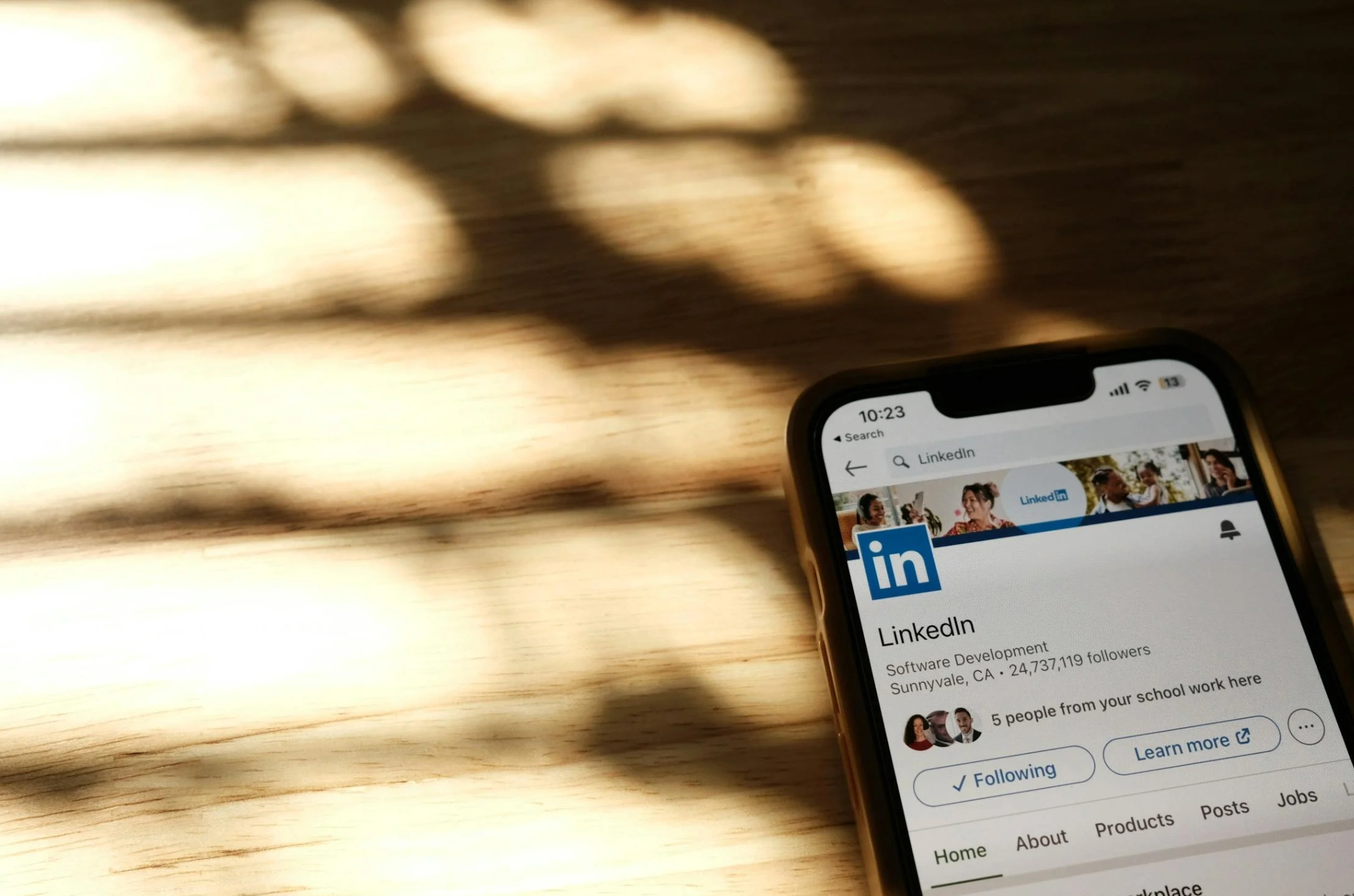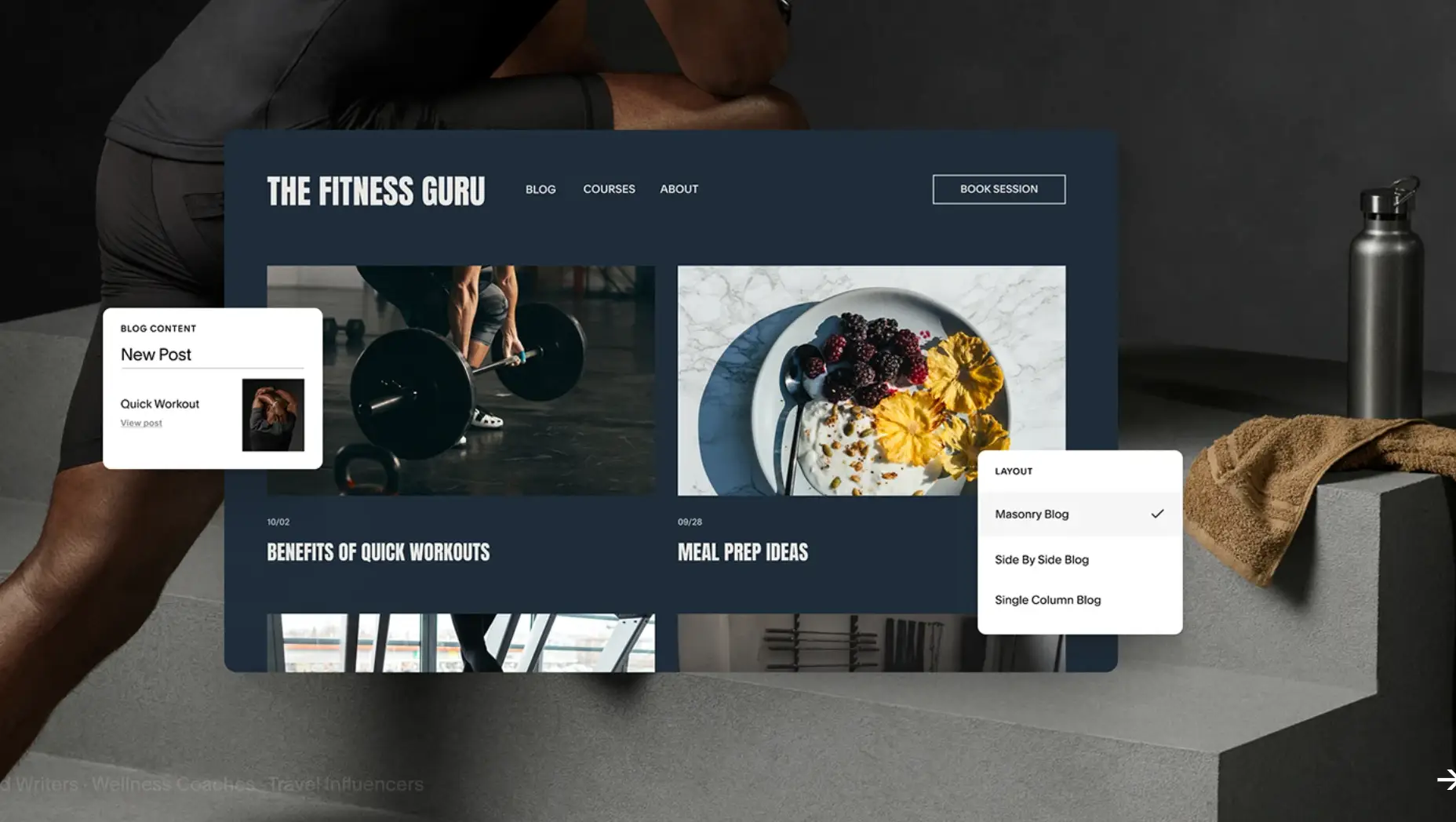How to Build a Personal Brand That Actually Works
Updated on
Published on

Meet the moment: the internet rewards clarity, not volume. If you’ve been circling the idea for years, personal branding becomes real the minute you choose a specific audience and promise, then show up with useful proof on repeat. Wondering personal branding steps that matter most? Start where trust lives—your positioning and your platforms—and make everything else serve that focus.
At-a-Glance
- Choose one niche, one promise, and one primary platform before you add anything.
- Ship weekly pillars and lightweight daily riffs; cadence beats bursts.
- Design simple, consistent assets: headshot set, banner, color/typography, bio variants.
- Build proof fast: testimonials, case snapshots, and guest spots; trust compounds.
- Treat channels like systems: LinkedIn for demand capture, TikTok/YouTube for discovery, site for conversion.
- Track 6 KPIs: followers, reach, saves, replies, inbound leads, revenue tied to content.
1) Pick a sharp niche and an audience (then commit)
If your message could help everyone, it will resonate with no one, so personal branding starts with a single problem you solve for a specific group. Choose the tightest profitable slice (e.g., “revops storytelling for Series A SaaS,” “first-time managers in healthcare,” “boutique realtors selling heritage homes”) and write one promise you can deliver without ramp-up. The test: could a stranger repeat your promise after hearing it once? If not, it’s still too broad. Social platforms reward clarity because people save and share what solves immediate problems—and that clarity also helps algorithms slot you into the right interest clusters where discovery happens (Pew Research Center; TikTok Newsroom).
- Draft: “I help [WHO] get [RESULT] with [METHOD] in [TIMEFRAME/CONTEXT].”
- Sanity-check with five ICPs; keep what they repeat back verbatim.
- Say no to adjacent topics for 60 days; focus compounds attention.

2) Positioning: story, proof, and a line people remember
The backbone of personal branding is a positioning line that makes you easy to introduce. Pair it with a short origin story (the “why you, why now”), a before/after case or two, and one vivid analogy people can borrow when they talk about you. Round it out with a tight proof stack—testimonials, metrics, notable logos, or credible affiliations—so strangers don’t have to guess whether you’re legit (Edelman).
- Keep three bio lengths ready: 1-liner (120–160 chars), short (2–3 sentences), long (80–120 words).
- Maintain a living “wins” doc: outcomes, quotes, screenshots—update weekly.
- Use one memorable phrase or metaphor; consistency makes it sticky.
3) Build your platform stack: site, LinkedIn, and one growth channel
Early personal branding works best when your site converts, your LinkedIn captures intent, and one discovery channel grows reach. Your site is the control room: simple nav (About, Offers, Case Studies, Contact), fast load, clear CTAs, and a lead magnet or newsletter for follow-up. LinkedIn remains the best business graph—post consistently during work hours and match tone to buyer context (Hootsuite; Buffer). Choose one additional growth surface (YouTube for evergreen search, TikTok/Reels for algorithmic discovery), then route everything back to your site.
- Minimum viable site: home hero with promise, 2–3 outcomes, 1 CTA; add a newsletter.
- Claim or manage your Knowledge Panel when it appears to reinforce identity (Google Knowledge Panel Help).
- Mirror visuals and bios across platforms for instant recognition.

4) Design your brand kit you’ll actually use
Great personal branding doesn’t need a cinematic logo; it needs unmistakable consistency. Lock a headshot set (light, dark, and environmental), a banner with your promise, a color pair, readable type, and repeatable layout patterns. Keep a short style guide so every asset feels like “you” even when created fast.
- Make a media kit: bio variants, headshots, logo/wordmark, speaking topics, contact.
- Build three reusable templates in Canva/Figma: carousel, short-video cover, case snapshot.
- Write a tone map: three dos (plain, punchy, specific) and three don’ts (jargon, vague, hype).
5) Run a content engine: pillars, cadences, and formats that compound
Think in pillars—three recurring themes tied to your promise—and publish on a predictable cadence so personal branding becomes a habit for you and your audience. For LinkedIn, weekday work-hour windows often show marginal gains, with broad 7–4 local viability if quality holds (Hootsuite; Buffer). Short takes should point to deeper assets (guides, case threads, videos), and every post should invite a specific next step.
- Pillars example: (1) teach-through-cases, (2) frameworks/cheat sheets, (3) POVs on news/tools.
- Default cadence: 3–5 LinkedIn posts/week, 1 long video or article, 3–7 shorts (Hootsuite; Buffer).
- Use comments and saves as “signal KPIs” that predict leads later.

6) Build authority fast: testimonials, guest features, and a podcast tour
You can write your own story, but real authority is built when others start writing it for you, a principle perfectly captured by Hamoun Ani, the creative director at Brand Vision, who states, “Real trust shows up when other people start writing your story better than you could. And that's the best way to build authority.” This sentiment highlights that personal branding truly accelerates when people whose opinions your audience trusts start to vouch for you, making external validation—like testimonials, guest features, and interviews—the fastest way to compound your expertise and establish trust.
- Create a one-pager for hosts: topics, sample questions, past appearances, takeaways.
- Turn each appearance into 5–10 clips, quotes, carousels, and a case page.
7) SEO for your name: own your results and earn the right entities
Search is where personal branding gets “real name = real results.” Optimize your site for your name and core offer, structure a clean About page with schema, and keep a consistent name/role/links pattern across bios. As mentions grow, a Knowledge Panel may appear; when it does, claim/manage it to keep facts aligned (Google Knowledge Panel Help).
- Title tags: “Your Name | Promise/Role” plus a clear meta description.
- Publish cornerstone pages: Services/Offers, Case Studies, Media/Press, Speaking.
- Link to high-authority profiles to reinforce entity recognition.

8) A 30-day sprint to momentum
The fastest way to feel personal branding traction is a short, focused sprint. Week 1: niche/offer lock, assets, and site essentials. Week 2: publish your first three pillar posts and one case thread. Week 3: pitch two podcasts and one guest piece. Week 4: host a live Q&A or workshop and invite everyone who interacted. End the month with a one-pager summarizing what worked and the next 30-day plan.
- Create once, distribute many times: long → clips → carousels → email → thread.
- Maintain a “questions log” from DMs and comments to fuel future posts.
- Ship even when imperfect; momentum beats microscopic polish early.
9) Monetize with simple, visible offers
Treat personal branding like a storefront: people should see what to buy. Start with one productized service (clear scope, fixed price) and one entry-level offer (audit, 60-minute consult, or cohort workshop). Add a waitlist for your next availability and a lightweight checkout, then use content to answer objections before they’re asked.
- Page formula: who it’s for, outcomes, process steps, timeline, price, 2–3 proofs.
- Bundle: audit → roadmap → implementation or coaching.
- Publish a quarterly “offers update” to create natural launch moments.

10) Measure what matters and iterate
Without feedback loops, personal branding becomes guesswork. Track just six numbers weekly: follower growth (reach), impressions, saves, replies/DMs, qualified inbound leads, and revenue tied to content. Layer in channel-specific timing/cadence tests—weekday work-hour windows often help on LinkedIn, while short-form discovery thrives on consistent bursts (Hootsuite; Buffer; TikTok Newsroom). Review monthly: double down on formats that created conversations and cut posts that only got passive likes.
- Build a simple dashboard (sheet or Notion) and color-code wins/losses.
- Run one controlled test at a time: hook type, CTA, length, or posting window.
- Archive top posts and republish improved versions every 60–90 days.
FAQ
How long does it take to see results?
Most people feel traction inside 30–60 days of consistent publishing, while meaningful inbound leads usually follow after a few dozen high-quality posts; consistency fuels personal branding more than any single viral hit.
What’s the best platform to start with?
Pick the platform your buyers already use at work; for B2B, LinkedIn is usually the highest-leverage starting point, then add YouTube for evergreen search or TikTok/Reels for fast discovery as your personal branding engine matures.
How often should I post?
A practical range is 2–5 times per week on LinkedIn to grow steadily, with more possible if you can maintain quality; weekday work hours often show slightly better engagement for personal branding content.
Do I need a website right away?
Yes—own a fast, simple site that states your promise, showcases proof, and captures leads; treat it as the conversion hub for all personal branding activity.
What if I don’t have testimonials yet?
Run two discounted pilot projects with clear scopes to generate outcomes you can quote; transparent early proofs accelerate personal branding credibility.
Make It Stick: The Why Behind the Work
When you strip away trends, personal branding is just relevance delivered consistently to a specific audience that needs what you know. The platforms will shift, algorithms will tweak, and tactics will evolve, but a crisp promise, visible proof, and a cadence you can sustain will outlast every micro-hack. Build trust in public, and let your body of work do the quiet persuading over time.







